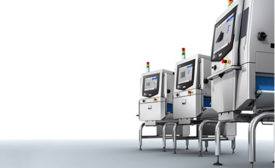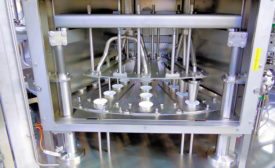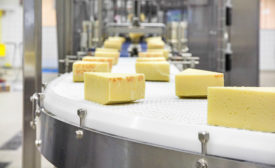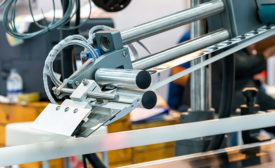ARTICLES
Learn what areas of a dairy plant bad actors try to attack, and potential ways to prevent it.
Read More
When to replace pumps and valves
Processors must analyze a host of variables when implementing an efficient operation.
March 14, 2024
Keeping dairy products safe and sound
Rigid and flexible packaging trends aim to meet the needs of processors.
February 28, 2024
Creating the perfect cultured dairy products
Dairy processors must meet the needs of an increasingly diverse consumer sector.
February 21, 2024
Inclusions continue to meet consumer needs
Fruits and nuts forecasted for high inclusion growth through 2027.
February 15, 2024
Inspection technologies key to food safety
By enhancing food safety and preventing product recalls, the use of highly effective systems can protect the reputation of dairy brands.
January 25, 2024
Aseptic and ESL growing in importance
Extended shelf life and aseptic processes are becoming increasingly popular as dairy processors seek to keep pace in an increasingly competitive market.
December 4, 2023
State of the Dairy Industry: Milk suffers a knockdown
The dairy category is in no way down for the count, however.
November 7, 2023
How to select the right conveyors and palletizers
Operators can increase output and enhance food and worker safety.
October 20, 2023
How to sort through the variables to leverage optimal printing, labeling, and shrink wrap systems
While such designs can strengthen dairy product merchandising, the wider range of options is making it more challenging for processors to pinpoint the most effective components.
September 27, 2023
Get our new eMagazine delivered to your inbox every month.
Stay in the know on the latest dairy industry trends.
SUBSCRIBE TODAYCopyright ©2024. All Rights Reserved BNP Media.
Design, CMS, Hosting & Web Development :: ePublishing

.jpg?height=168&t=1710441521&width=275)







